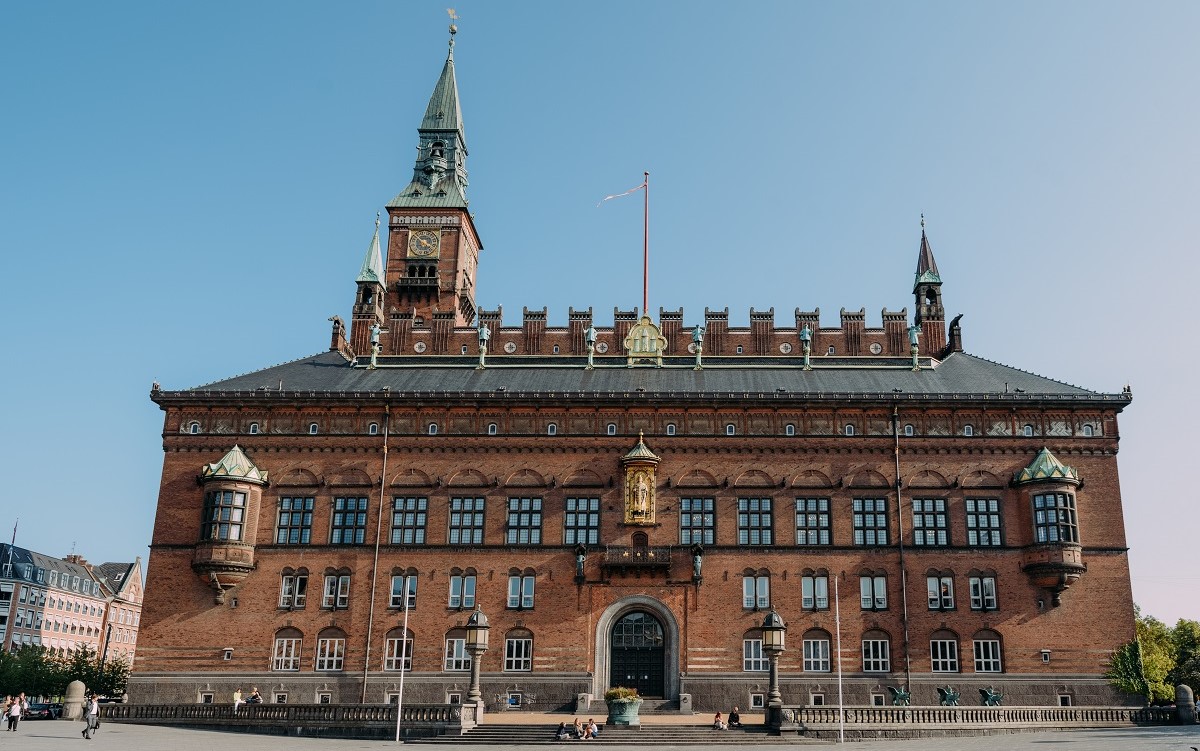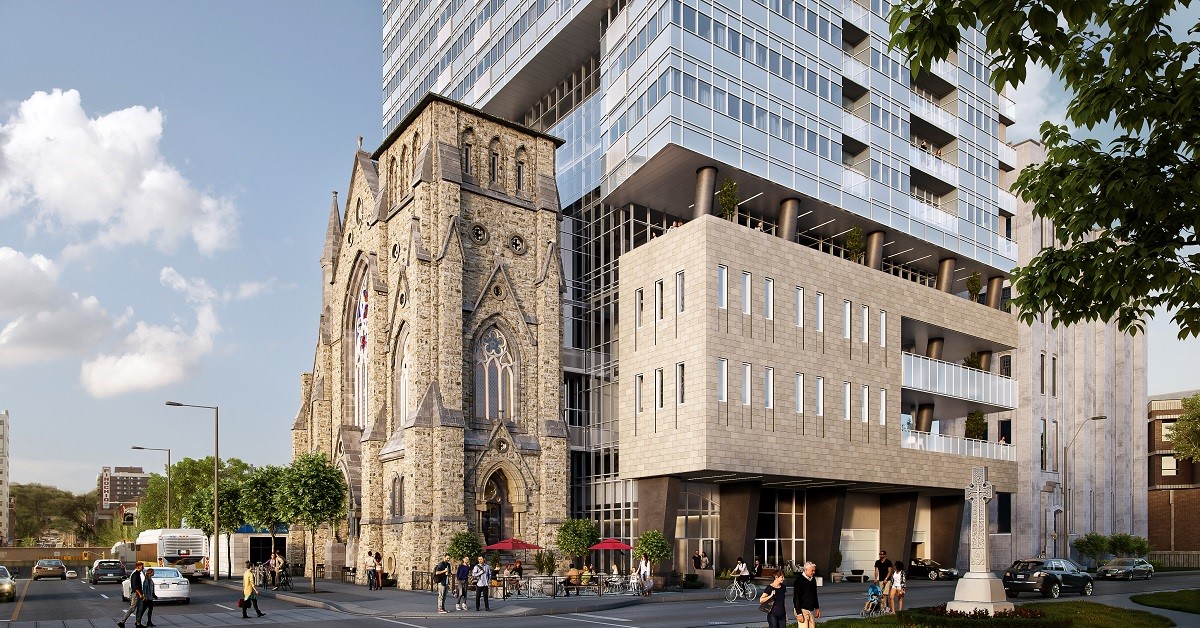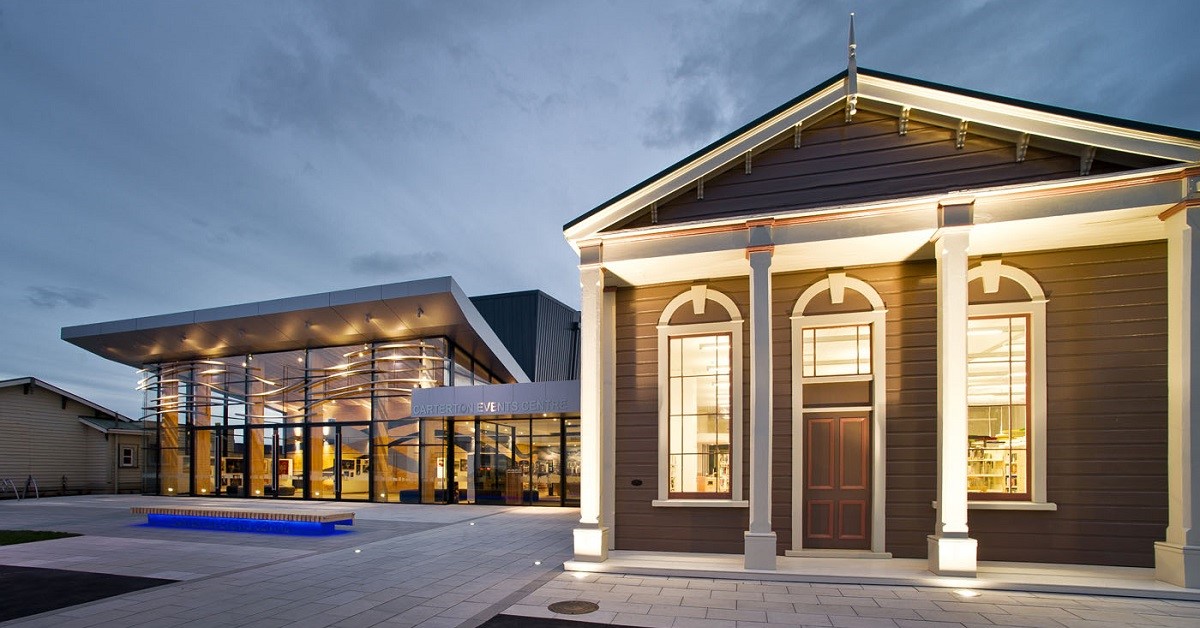Harnessing Built Heritage for Climate Action
To mark World Heritage Day, WSP considers the contribution of our built heritage in the fight against climate change.
Published 07-13-22
Submitted by WSP

This year ICOMOS (International Council on Monuments and Sites) selected Heritage and Climate as their overarching theme for World Heritage Day “to promote the full potential of heritage conservation research and practice to deliver climate-resilient pathways to strengthen sustainable development, while advocating for just transitions to low-carbon futures.”
Historic and listed buildings have a vital role to play in our future. Through their preservation, restoration and adaptive reuse we help to create future-ready towns and cities - unique, beautiful and sustainable places where everyone can thrive.
A resource to be preserved for future generations
The contribution of historic and listed buildings to sustainable development may not at first glance seem obvious. Most heritage buildings were not, after all, built with energy and carbon efficiency in mind. But WSP’s Martin Sing who heads up sustainability and energy for the Centre Block Rehabilitation, the largest, most complex, heritage rehabilitation project ever undertaken in Canada – and one of the largest in the world – says that conserving our global heritage and tackling climate change are not mutually exclusive. “On the contrary, they both share the common goal of preserving our resources for future generations,” he says. “Heritage conservation principles teach us the value of preserving and protecting historic buildings for future generations. Sustainability (amplified by the lens of climate change) teaches us the value of preserving and protecting all resources for future generations.”

Heritage at risk from climate change…
Our heritage buildings and structures are increasingly at risk from the impacts of climate change. “Our built heritage is threatened in different measure in all parts of the world by the damage wrought by changing weather patterns, extremes of temperature, increasing storm activity and flooding,” says Chessa Stevens, our national built heritage lead in New Zealand. “Strategies for the preservation of heritage buildings and structures in response to climate change are not always a large-scale, dynamic or intensive process. Here in New Zealand, we often complete targeted intervention and focused protection of smaller sites at a local level.”
Following an engineering coastal processes assessment by WSP, our New Zealand Built Heritage team was commissioned by Christchurch City Council to complete a Heritage Effects Assessment and Repair Methodology for the design to rehabilitate sections of the seawall at Akaroa, which is suffering from erosion and structural damage. It is likely that, due to sea level rise and increased storm frequency as a result of climate change, the seawall will be exposed to further degradation in the future.
Sections of the seawall show evidence of potential historic, pre-1900, construction, so to minimise loss of historic fabric through erosion and structural intervention, the Heritage team developed the strategy to consolidate the walling and its foundations to complete a conservative repair. The aim was to reduce the impact of wave reflection off the wall face whilst maintaining the integrity of the historic fabric and reducing the rate of deterioration. This would minimise the negative effects on the heritage significance and values of the historic sea wall.

... and heritage is also part of the solution
At the same time, historic buildings can also be part of the solution for cutting carbon emissions. With the global construction industry currently responsible for nearly 40% of the world’s greenhouse gas emissions, the case for retaining, retrofitting and repurposing existing buildings, rather than replacing them, could not be stronger. Historic and listed buildings are often synonymous with high energy consumption, so there are significant energy-saving opportunities to be derived by improving their operational performance. And although cutting operational carbon costs in buildings that are difficult to heat, ventilate and insulate to the standard of modern buildings can be challenging, they are more than compensated for by the savings in embedded carbon derived from reusing existing building stock rather than demolishing and rebuilding.
Upgrading to modern standards can be challenging
To remain viable, historic and listed buildings must meet modern requirements in terms of their usage as well as for comfort, safety and energy efficiency. However, reducing their frequently high energy consumption can be difficult due to the very limited changes allowed by listed building regulations or lack of suitable insulation possibilities. Modern building techniques and installations risk causing more damage to the heritage assets than they prevent in carbon savings.

We are currently working on a project to significantly improve the energy efficiency of Copenhagen City Hall, the headquarters of Copenhagen City Council for the past 120 years. Through the installation of a new heating and ventilation system which makes full use of building’s original infrastructure – including original brick ventilation ducts, roof pipes and basement corridors – combined with a state-of-the-art building management system, we anticipate energy savings of up to 80%. This will make an important contribution to Copenhagen’s ambitious goals for CO2 reduction.
While not all buildings can be upgraded to the energy efficiency standards of modern buildings, significant carbon savings can be achieved through specialist solutions, which balance out the energy savings from introducing often unsuitable modern technologies and materials designed to last only 30 years.
Malene Holmsgaard, Market Director of WSP’s Centre for Building Preservation in Denmark, explains, “We calculate the carbon and energy savings of our proposed solutions and take into consideration the building fabric. Often it turns out that, for example, while you can’t insulate the façade of a building due to listed building regulations, and you can’t put insulation on the inside because of the risk of condensation and mould, the original structure of a robust brick building is good enough as it is. Because the amount of carbon, it would cost to insulate it, and the accelerated maintenance due to freeze-thaw of the brickwork would outweigh the gains of the insulation process.”

Listed building regulations also frequently prevent the replacement of draughty windows. “The seemingly ideal solution would be to replace old wooden windows with aluminium frames and thermal glazing,” Holmsgaard continues. “But that’s normally not allowed and, in any case, thermal glazing needs replacing every thirty years. We have calculated in collaboration with the Technical University of Denmark that by retaining and properly maintaining the original windows, and installing secondary glazing, you get the required level of insulation and significant carbon reductions. At the same time, you achieve savings on the total costs and considerably reduce consumption of resources, since the original windows have a lifetime span of more than 100 years.
And it turns out, there is another benefit. Reusing existing materials if correctly maintained and preserved with traditional products fits in with circular economy principles. Not only does that wood in the windows last longer, but when it finally does need replacing, by not ‘infecting’ it with un-recyclable products such as modern paint but treating it in the traditional way with linseed oil, it can be reused rather than going to land fill.

Changing Building Use
When historic buildings outlive their original purpose, rather than lose that piece of heritage by demolition, the most sustainable solution is to change their use. A project currently underway in Hamilton, Ontario in Canada involves the retention and retrofitting of a historic church as part of the front entrance façade for a new high-rise condominium complex. The heritage fabric of the building must be maintained without altering the outward appearance or compromising its long-term durability. However, to repurpose the building for residential use and increase energy efficiency, the developers aim to add interior insulation to the mass masonry structure. Insulating the exterior wall can make the masonry colder. This can cause increased moisture levels within the walls, putting it at an increased risk of freeze thaw deterioration of mortar and masonry. While this has always been a problem in the cold Canadian climate, with climate change, more extreme rain events and larger temperature extremes have the potential to increase freeze thaw damage.
Flagship net zero heritage project
For all the challenges associated with achieving sustainability goals while conserving historic buildings, there are huge opportunities to be derived through their transformations. The iconic Centre Block, the main building of the Canadian Parliament in Ottawa, will be a flagship for Canada’s commitment to achieving net-zero emissions by 2050. The 100-year-old building was the most energy and carbon intense of the Canadian Government’s portfolio and the challenge for CENTRUS, the design partnership of WSP and architects HOK, is to deliver a net zero project while conserving the building’s character.
“Working together from the start in an integrated design process, we have been able to identify the challenges, synergies and opportunities and develop holistic solutions that embrace both sustainability and the heritage,” says Martin Sing. No stone has been left unturned in the quest for net zero. They include a waste heat recovery strategy combined with an underground geo-exchange field to store surplus heat energy produced during the summer for use in the winter. Rainwater is harvested and combined with grey water for non-potable applications. We are also considering reuse of existing structural steel elements as part of the new structure, which would eliminate the bulk of the embodied carbon that would go into recycling steel to create new elements. “There’s a perception that buying new materials versus reusing existing is simpler and less costly,” States Sing. “While this is mildly inaccurate in the short term, it’s grossly inaccurate in the long-term. Existing materials are a resource, not waste.”

Future-Ready Historic Buildings
At WSP we are extremely proud of our work on a huge variety of heritage projects around the globe. Regardless of their size and stature, whether they are fishermen’s cottages or palaces, schools or former department stores, historic hotels or seats of government, they have a crucial role to play in the world we are creating for future generations. Every building saved from demolition or rendered more energy-efficient makes a positive contribution to climate action. Every piece of historic building fabric protected from the threat of changing and more extreme weather patterns contributes to the unique and special characters of our towns and cities. Every heritage building preserved, restored or adapted for reuse is supporting the United Nations Sustainable Development Goals. Preserving heritage buildings plays a significant part in the creation of sustainable, resilient and inclusive cities, central to the physical, cultural and economic well-being of communities. Our built heritage is a vital part of urban regeneration and must be cherished and protected for its role in building a Future Ready society.

WSP
WSP
WSP is among the world's largest environmental, engineering, advisory and sustainability consulting firms, with more than 55,000 professionals worldwide. We design lasting solutions in the buildings, transportation, energy, water and environment markets, and develop equitable, ESG-centered strategies that help organizations and communities adapt to changing conditions and become more resilient. Reckon with the past. Innovate for the future. Learn more at wsp.com.
More from WSP

